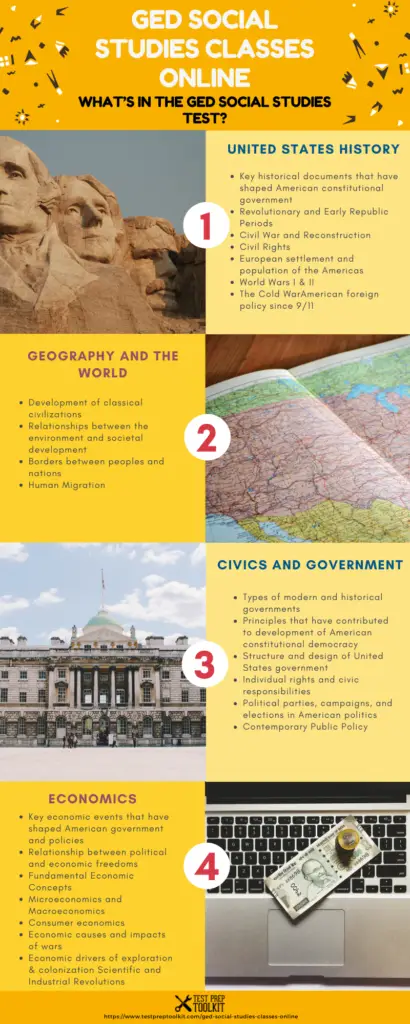How Do You Want to Study for GED Social Studies? Pick Below
GED Social Studies Practice Test ( 25 Questions )
GED® Social Studies Lessons (10 Lessons)
GED® Social Studies Practice Questions ( Tons Questions )
Check out our other Free GED© Practice Tests
Our GED Social Studies Classes make it easy and quick for you to study history. As you may know, history requires you to read a lot of materials. We’ve summarized what you need to study by squeezing them all in short videos that you can watch online.
Too busy to study? In case you don’t have the time to read history books, our GED Social Studies Online Classes are the perfect way to study. There’s nothing over 16 minutes. You can quickly watch our social studies online lessons anywhere you are, whether at work or at home as long as you have an internet connection. The videos are on YouTube, so you can also save them for offline viewing.
Find the subject boring? Our GED-Social-Studies -Classes-Online takes the boredom out of studying the subject. Not only are videos brief enough to finish in one sitting, but they’re also told in an interesting way. Watching the online lessons we have gathered will feel like listening to a quick, but fascinating story. It also comes with visuals to make each lesson easy to understand. All difficult terms have been broken down for you.
We have Free GED Social Studies Practice Test HERE
What’s in the GED Social Studies Test?
Specifically, you need to study for these topics:
1. United States History
- Key historical documents that have shaped American constitutional government
- Revolutionary and Early Republic Periods
- Civil War and Reconstruction
- Civil Rights
- European settlement and population of the Americas
- World Wars I & II
- The Cold War
- American foreign policy since 9/11
Learn more about GED® Social Studies Prep Guide
2. Geography and the World
- Development of classical civilizations
- Relationships between the environment and societal development
- Borders between peoples and nations
- Human Migration
3. Civics and Government
- Types of modern and historical governments
- Principles that have contributed to development of American constitutional democracy
- Structure and design of United States government
- Individual rights and civic responsibilities
- Political parties, campaigns, and elections in American politics
- Contemporary Public Policy
4. Economics
- Key economic events that have shaped American government and policies
- Relationship between political and economic freedoms
- Fundamental Economic Concepts
- Microeconomics and Macroeconomics
- Consumer economics
- Economic causes and impacts of wars
- Economic drivers of exploration & colonization Scientific and Industrial Revolutions
Now that you know the topics you need to start studying for GED Social Studies, you may get started reviewing for the subject by watching our online lessons below. Enjoy!
More review materials HERE
Section 1:
1. Colonialism & Exploration 3:14
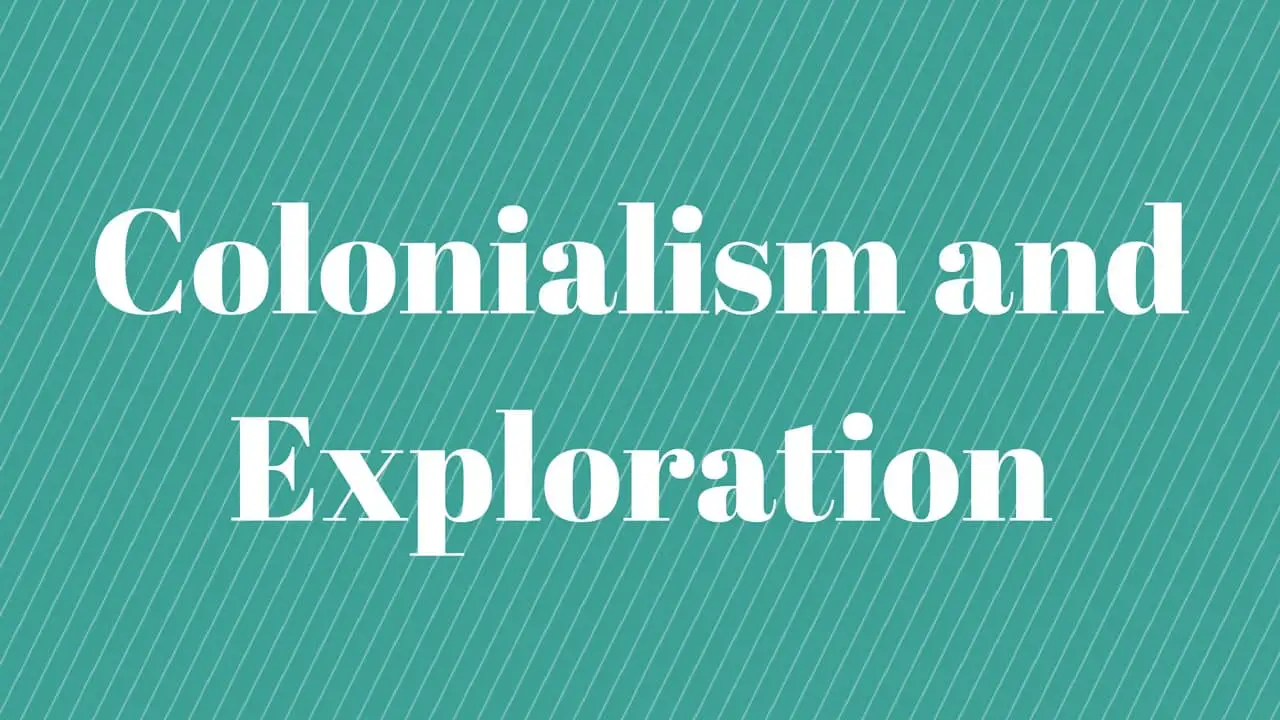
A quick look at exploration and colonialism in America. Do you know where early civilizations came from? Do you know how cultural tribes were formed? What is the New World? What is colonization? What was the first established colony in America? Who were the Pilgrims? What did they do in America?
This Lesson is 3:14 minutes long.
Go To Practice Lesson
2. The Revolutionary War 2:22
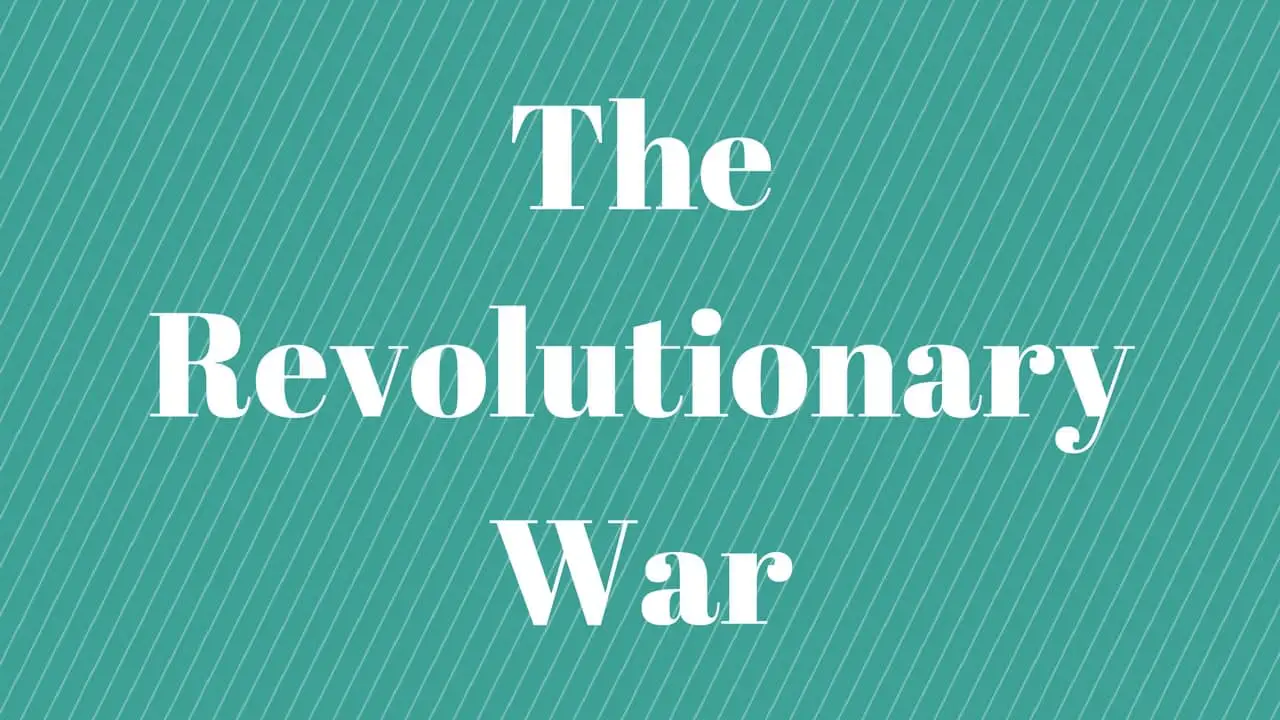
A two-minute history of the Revolutionary War. When did the Revolutionary War begin? Why did it happen? Who were involved in the war? Who led the revolution? When was the turning point of the war? What is the Continental Army? When did America officially gain its independence?
This Lesson is 2:22 minutes long.
Go To Lesson
3. The Civil War 4:04
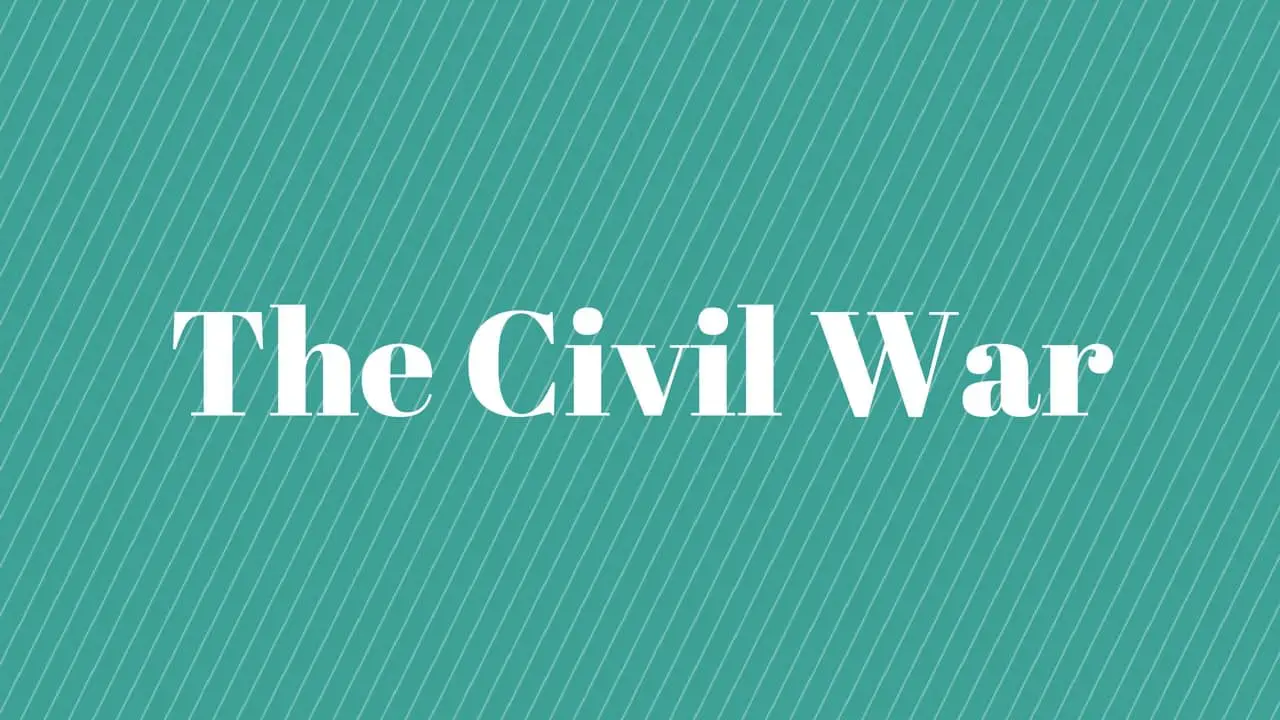 Important things you should know about the Civil War. When the Civil War begin? Why did it happen? What happened in 1860? Who was President Abraham Lincoln? What is the Confederate State of America? What does secede mean? What were the major sources of conflict? Understand The Union vs. The Confederacy. What is the Emancipation Proclamation? What happened in 1865? What happened during the period of Reconstruction?
Important things you should know about the Civil War. When the Civil War begin? Why did it happen? What happened in 1860? Who was President Abraham Lincoln? What is the Confederate State of America? What does secede mean? What were the major sources of conflict? Understand The Union vs. The Confederacy. What is the Emancipation Proclamation? What happened in 1865? What happened during the period of Reconstruction?
This Lesson is 4:04 minutes long.
Go To Lesson
4. Westward Expansion 4:50
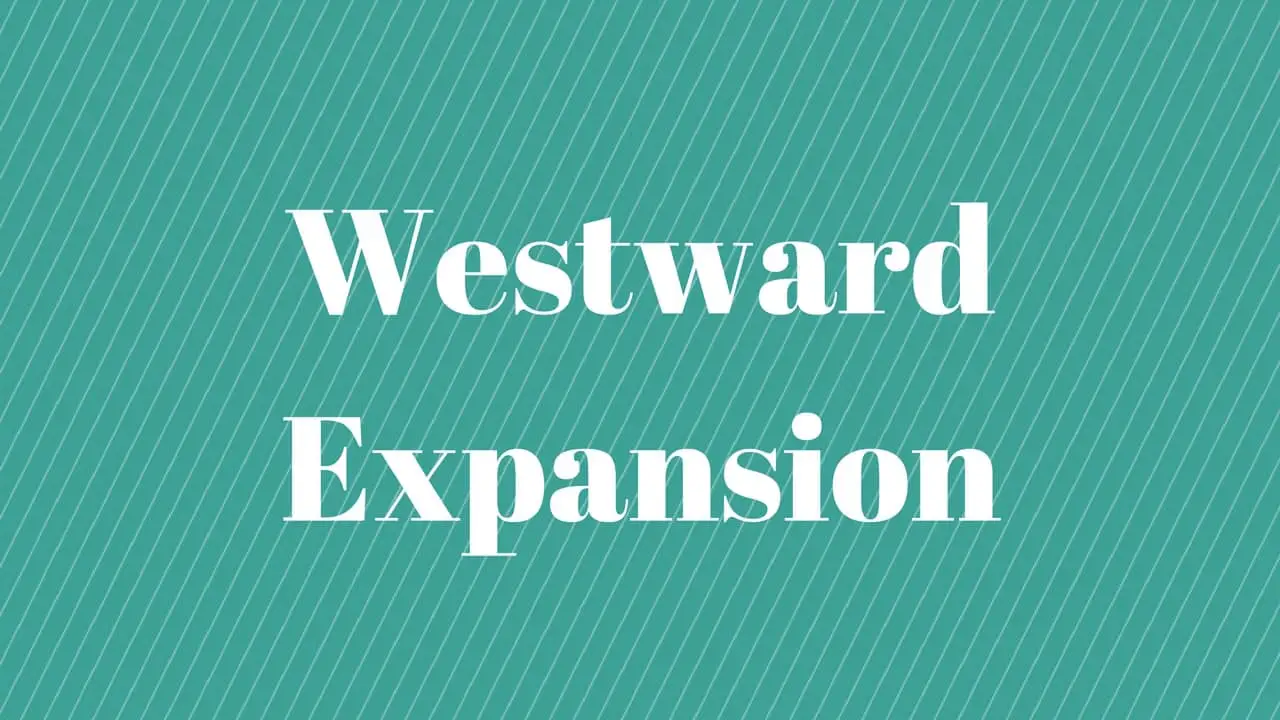 Understanding Westward Expansion: The Homestead Act of 1862 and The Frontier Thesis. How did the Western Expansion happen? Who were the first people to open the West? What is the Homestead Act of 1862? Who attracted the Homestead Act? What were the most lasting effects of the American Frontier? What is the Romantic Era? Why did every 3 out 5 homesteaders abandon their land? What were the changes in farm life? How did the cowboy life end?
Understanding Westward Expansion: The Homestead Act of 1862 and The Frontier Thesis. How did the Western Expansion happen? Who were the first people to open the West? What is the Homestead Act of 1862? Who attracted the Homestead Act? What were the most lasting effects of the American Frontier? What is the Romantic Era? Why did every 3 out 5 homesteaders abandon their land? What were the changes in farm life? How did the cowboy life end?
This Lesson is 4:50 minutes long.
Go To Lesson
5. Industrialization & Immigration 15:04
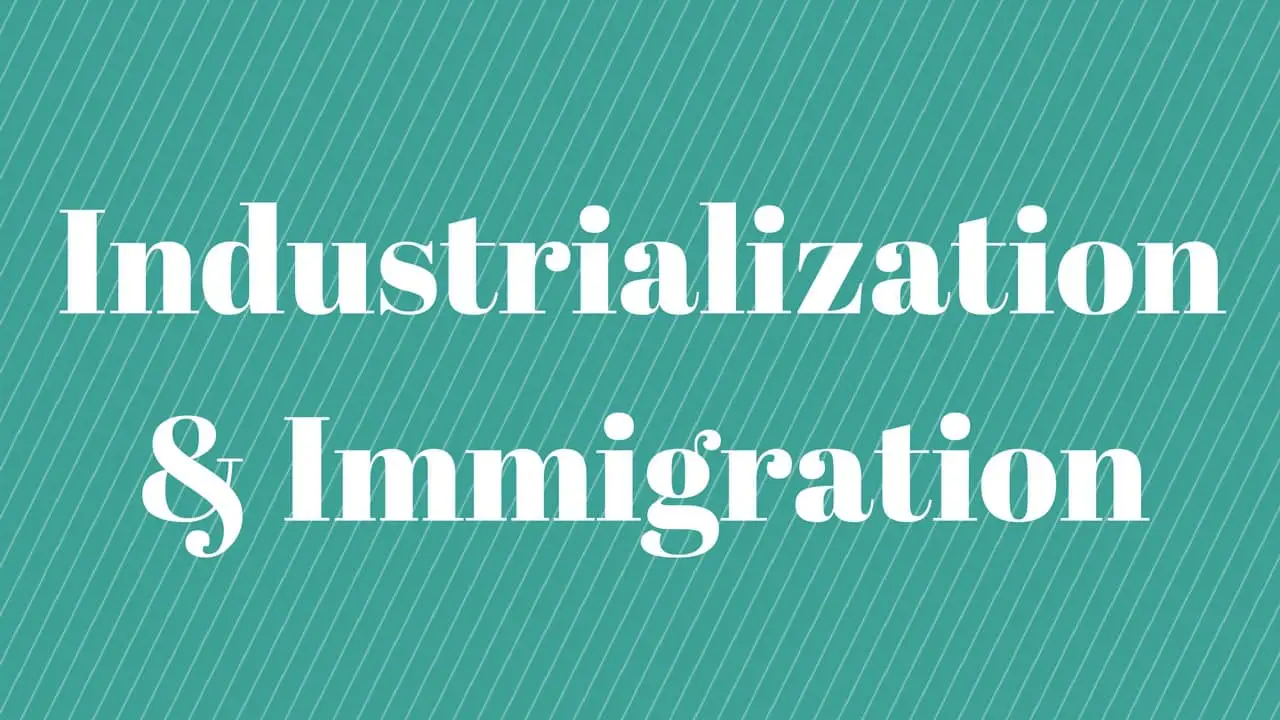 Industrialization, Urbanization, Immigration: The Changing American Nation from the Late 1800s to Early 1900s. What were the reasons for economic growth? Who was Henry Ford? What is the “laissez-faire” approach? What were the benefits of new technologies and business practices in this period? What were the percentages of immigrants by region of origin? What were the push and pull factors for immigrants? What was the journey across the Atlantic like? What is Steerage? What were Ethnic Enclaves? What does assimilation mean? What were the living conditions of immigrants back then? Who were the significant immigrants who went to America? Who were the leaders of the industry? What are Robber Barons? How did Americans treat immigrants back then?
Industrialization, Urbanization, Immigration: The Changing American Nation from the Late 1800s to Early 1900s. What were the reasons for economic growth? Who was Henry Ford? What is the “laissez-faire” approach? What were the benefits of new technologies and business practices in this period? What were the percentages of immigrants by region of origin? What were the push and pull factors for immigrants? What was the journey across the Atlantic like? What is Steerage? What were Ethnic Enclaves? What does assimilation mean? What were the living conditions of immigrants back then? Who were the significant immigrants who went to America? Who were the leaders of the industry? What are Robber Barons? How did Americans treat immigrants back then?
This Lesson is 15:04 minutes long.
Go To Lesson
6. World War Two 4:09
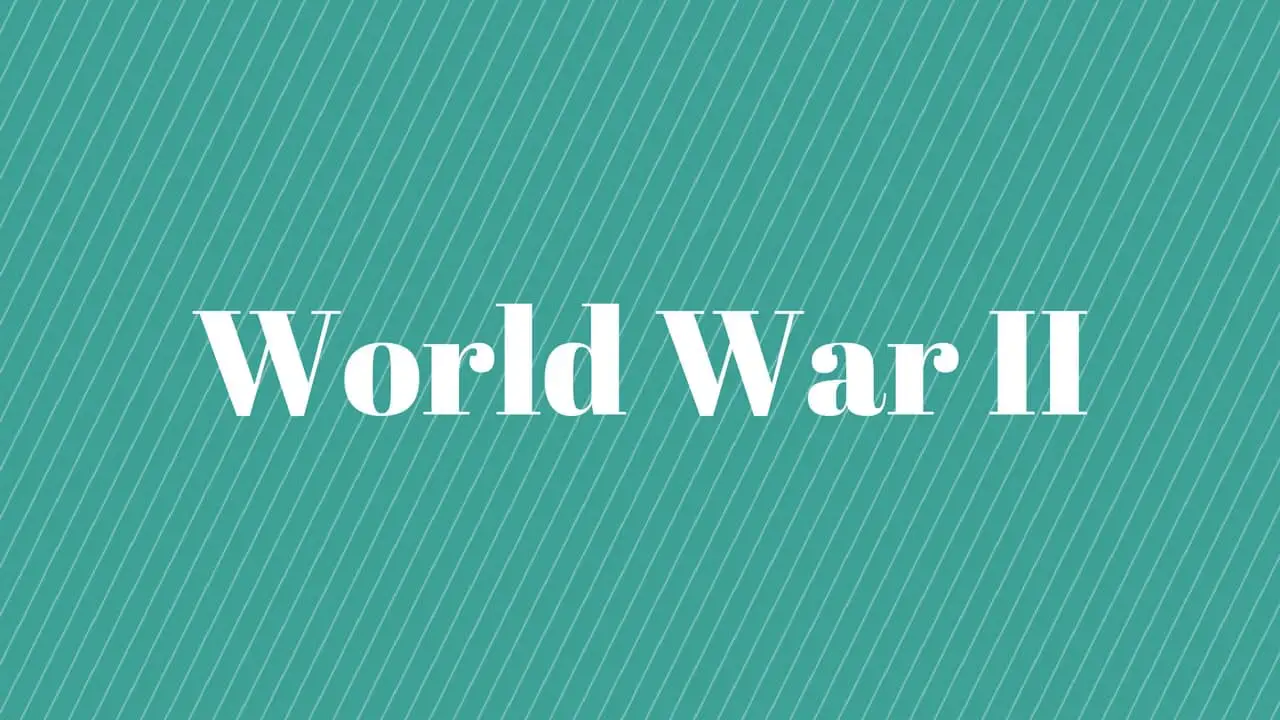 Events of World War 2. What was the state of the world prior to America joining the war? What is the Great Depression? What is Fascism? Who was Adolf Hitler? What happened during Hitler’s Reign? What happened in 1939? What happened on December 7, 1941? Who were the Allied Powers? Who were the Central Powers? What happened on June 6, 1944? When did Germany officially surrender?
Events of World War 2. What was the state of the world prior to America joining the war? What is the Great Depression? What is Fascism? Who was Adolf Hitler? What happened during Hitler’s Reign? What happened in 1939? What happened on December 7, 1941? Who were the Allied Powers? Who were the Central Powers? What happened on June 6, 1944? When did Germany officially surrender?
This Lesson is 4:09 minutes long.
Go To Lesson
7. Cold War 9:42
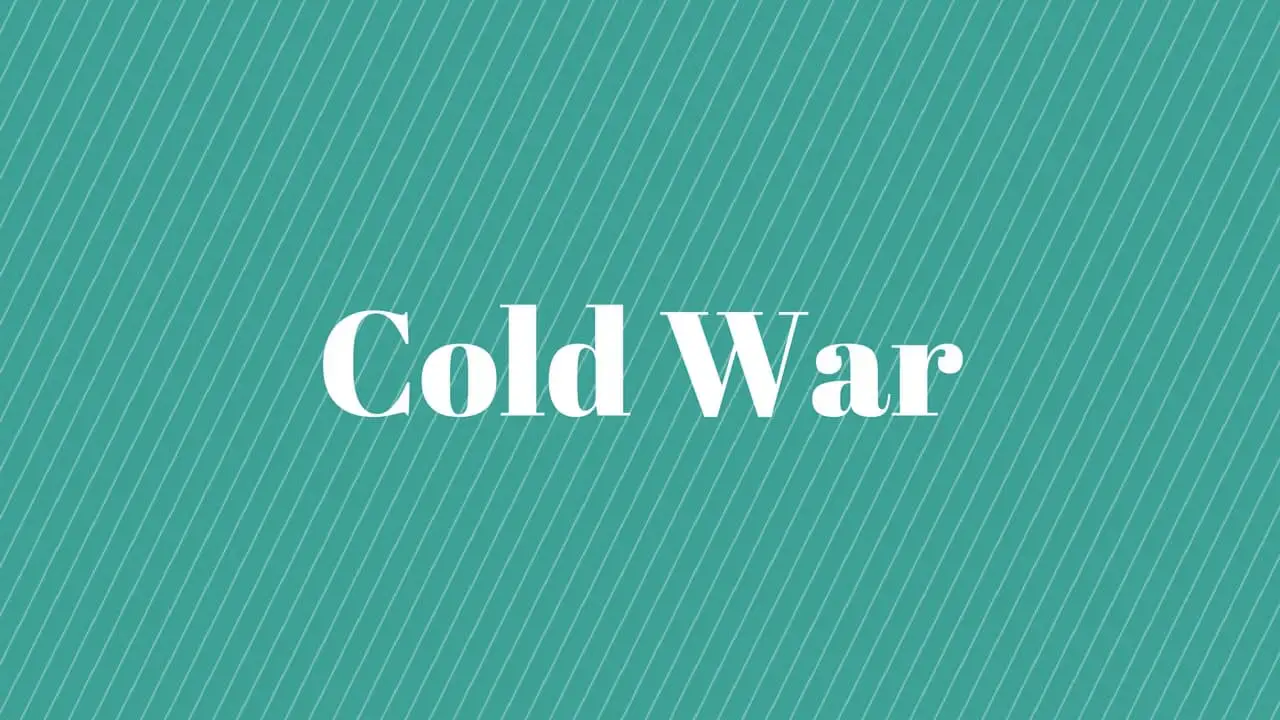 Understanding the Cold War. What is the Cold War? When did it happen? How did the Cold War begin? What happened during the Cold War? How long did it last? What is the Warsaw Pact? What is the Red Scare? What are the SALT 1 agreements? What is the Strategic Arms Reduction Treaty? When and how did the Cold War end?
Understanding the Cold War. What is the Cold War? When did it happen? How did the Cold War begin? What happened during the Cold War? How long did it last? What is the Warsaw Pact? What is the Red Scare? What are the SALT 1 agreements? What is the Strategic Arms Reduction Treaty? When and how did the Cold War end?
This Lesson is 9:42 minutes long.
Go To Lesson
8. Civil Rights Movement 5:52
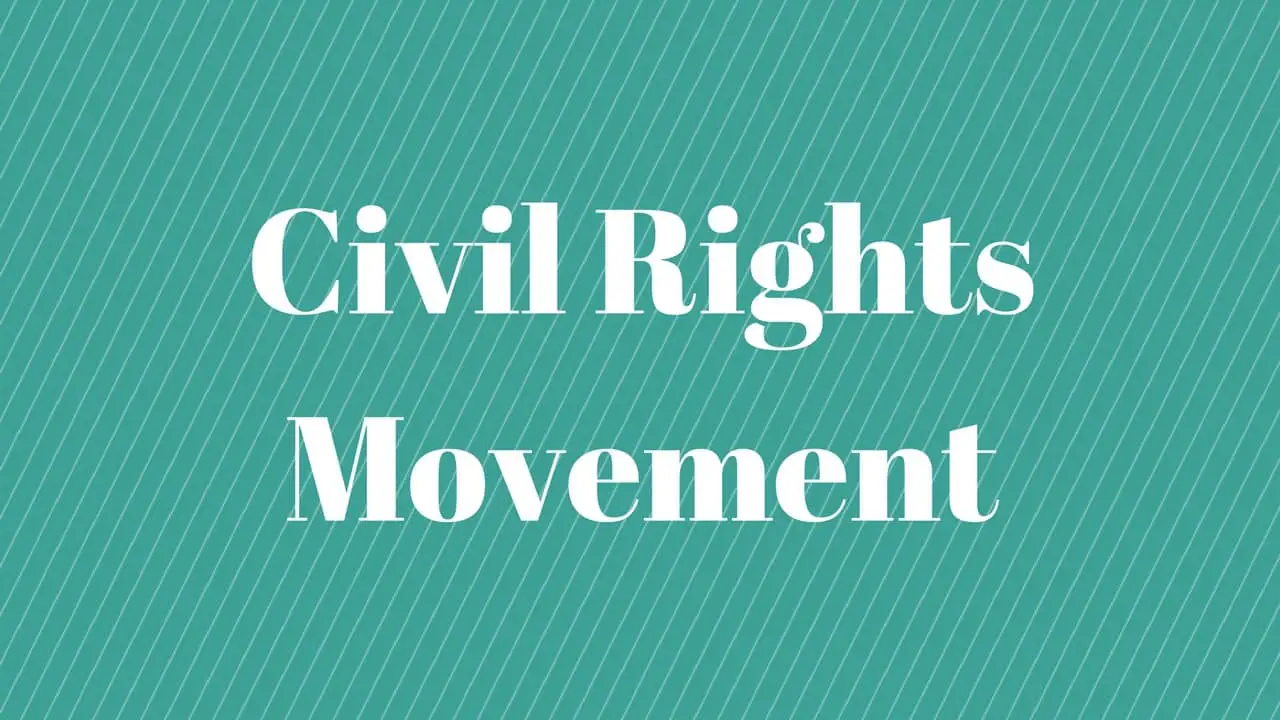 A look into the History of the American Rights Movement. What is the significance of Plessy vs. Fergusson case? What were the Jim Crow laws? What is the NAACP? What is the Ku Klux Klan? When did the first integrated school open in the US? Who was Martin Luther King Jr.? What is the Voting Rights Act of 1965? Who was Malcolm X? What was the turning point of the fight for Civil Rights?
A look into the History of the American Rights Movement. What is the significance of Plessy vs. Fergusson case? What were the Jim Crow laws? What is the NAACP? What is the Ku Klux Klan? When did the first integrated school open in the US? Who was Martin Luther King Jr.? What is the Voting Rights Act of 1965? Who was Malcolm X? What was the turning point of the fight for Civil Rights?
This Lesson is 5:52 minutes long.
Go To Lesson
Section 2: Civics & Government
1. Forms of Government 3:53
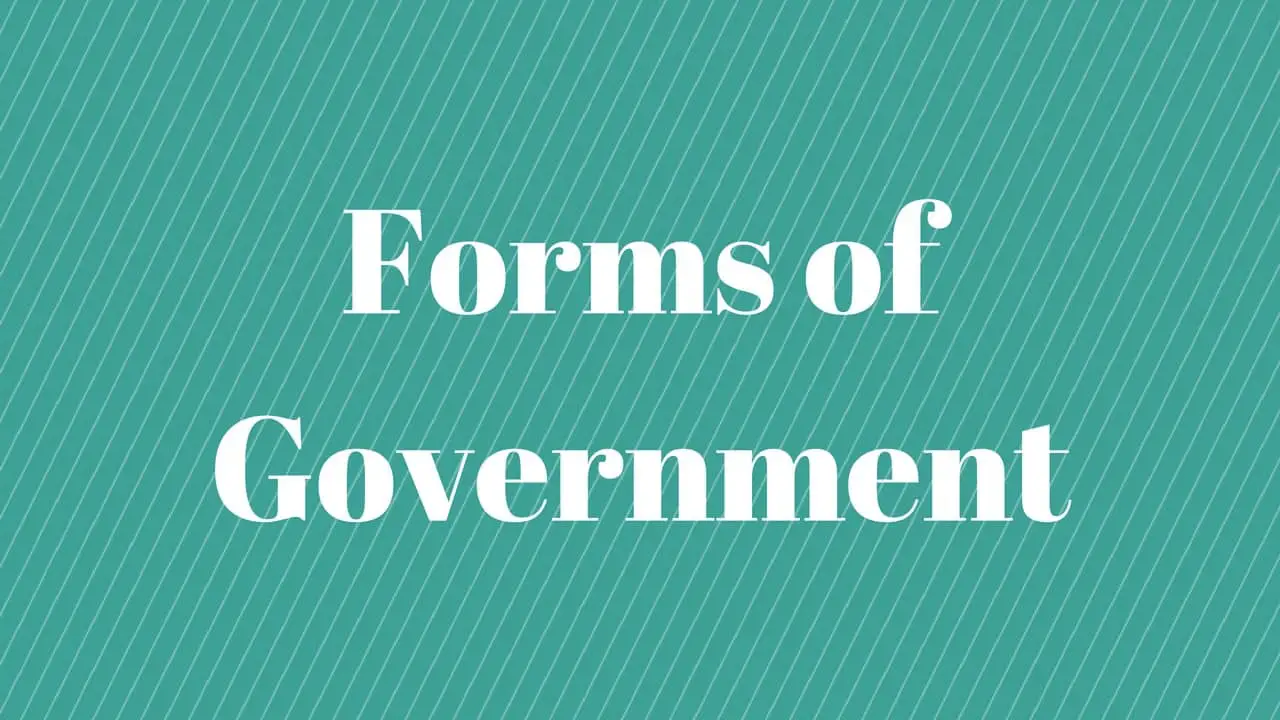 The Different Forms of Government. What is a government? What are the different types of governments? What are the 3 main types of government? What is a democracy? What is an oligarchy? What is an autocracy? What is a monarchy? What is a dictatorship? What are socialism and communism?
The Different Forms of Government. What is a government? What are the different types of governments? What are the 3 main types of government? What is a democracy? What is an oligarchy? What is an autocracy? What is a monarchy? What is a dictatorship? What are socialism and communism?
This Lesson is 3:53 minutes long.
Go To Lesson
2. The Constitution 13:03
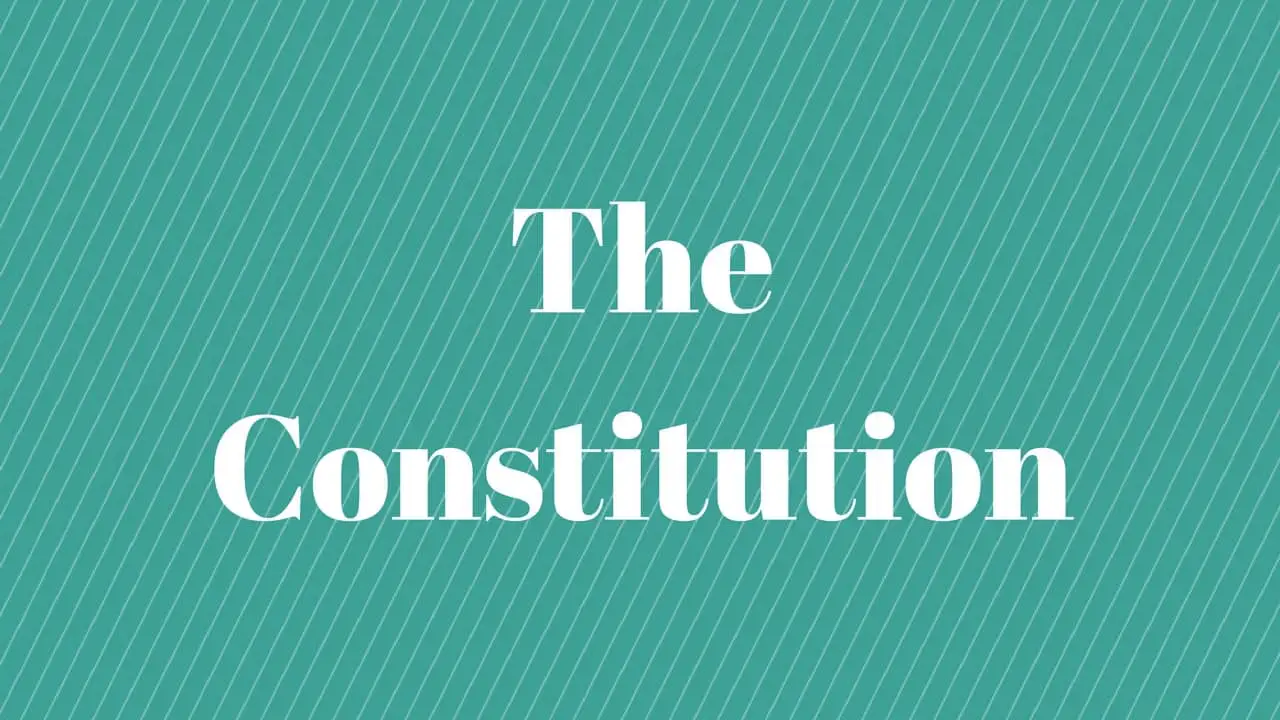 The US Constitutional System. What is America’s Constitutional system? What are the Articles of Confederation? How did the Constitution of the United States come together? What compromises were made to pass it? What is Shays’ Rebellion? What are Federalist Papers? What is an Anti-federalist?
The US Constitutional System. What is America’s Constitutional system? What are the Articles of Confederation? How did the Constitution of the United States come together? What compromises were made to pass it? What is Shays’ Rebellion? What are Federalist Papers? What is an Anti-federalist?
This Lesson is 13:03 minutes long.
Go To Lesson
3. Bill of Rights 5:12
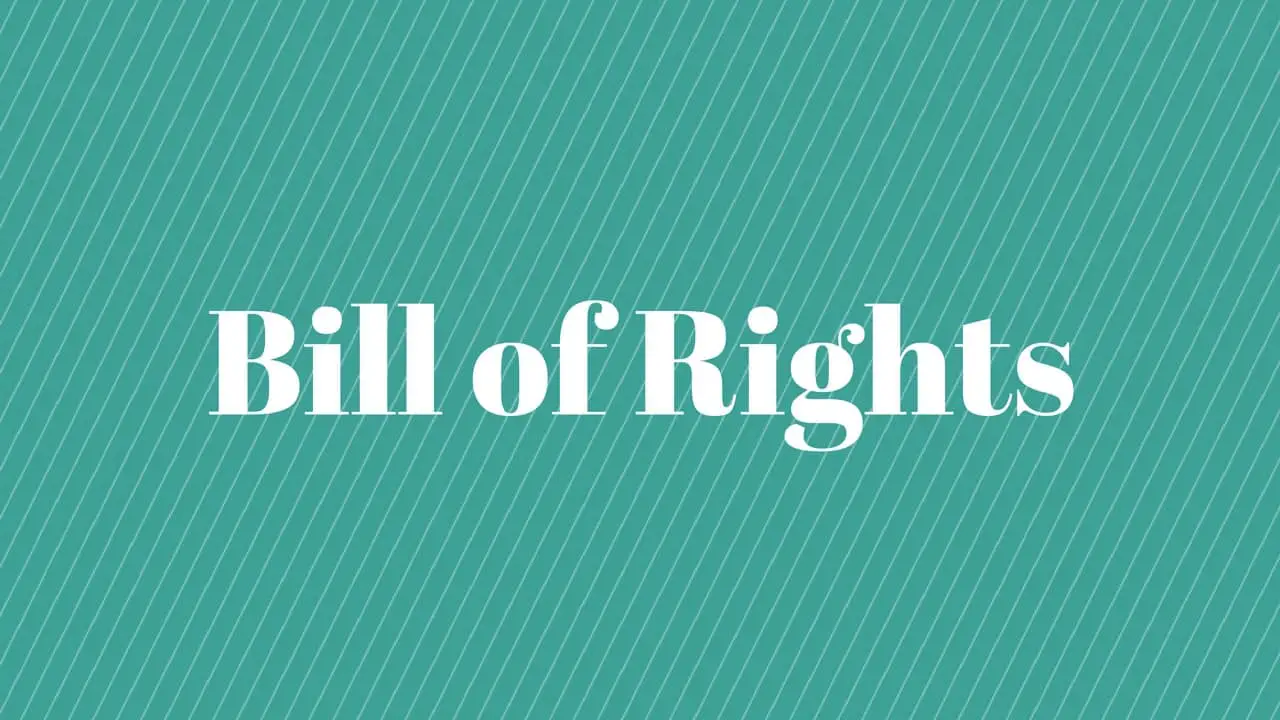 The Bill of Rights. What are Bill of Rights? What are the first 10 amendments of the Constitution?
The Bill of Rights. What are Bill of Rights? What are the first 10 amendments of the Constitution?
This Lesson is 5:12 minutes long.
Go To Lesson
4. Levels & Branches of Government 3:14
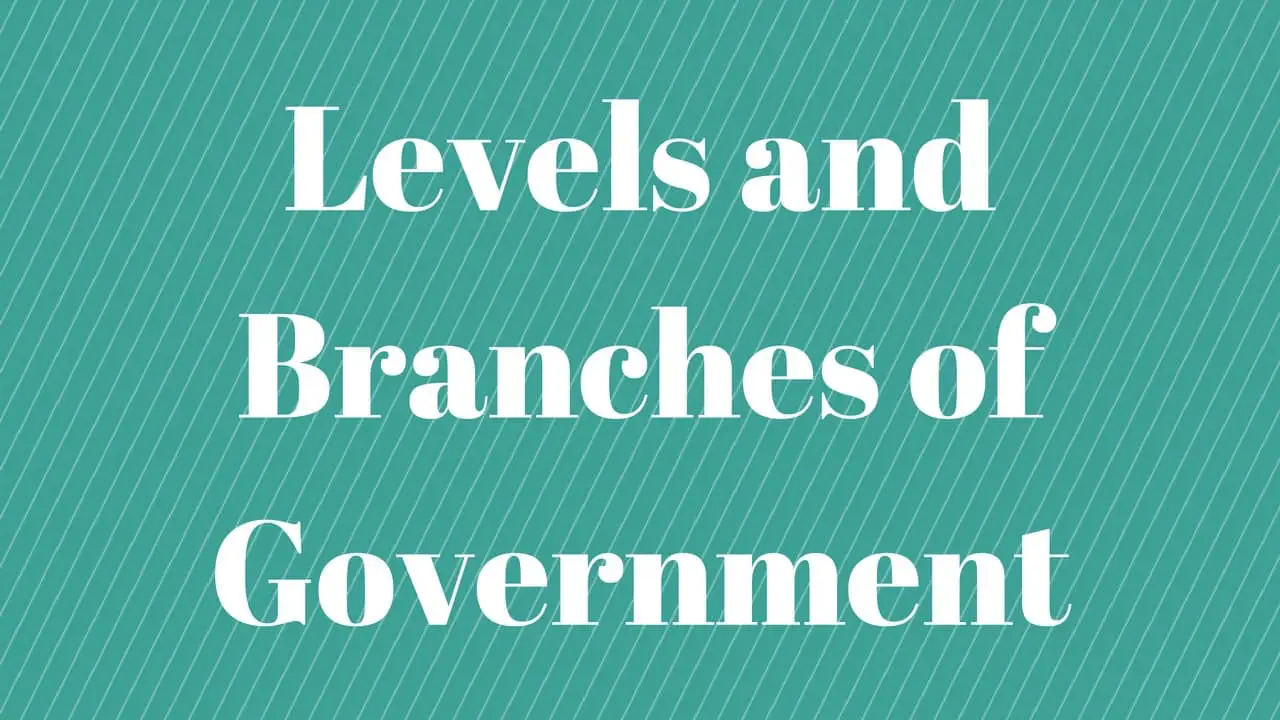 The History and Function of the American Government. What is a democracy? What are the three parts of the government? What is the function of each part? What are the 3 branches of the government? How do they work? What does the system of Checks and Balances do? What does veto mean?
The History and Function of the American Government. What is a democracy? What are the three parts of the government? What is the function of each part? What are the 3 branches of the government? How do they work? What does the system of Checks and Balances do? What does veto mean?
This Lesson is 3:14 minutes long.
Go To Lesson
5. US Electoral System 4:25
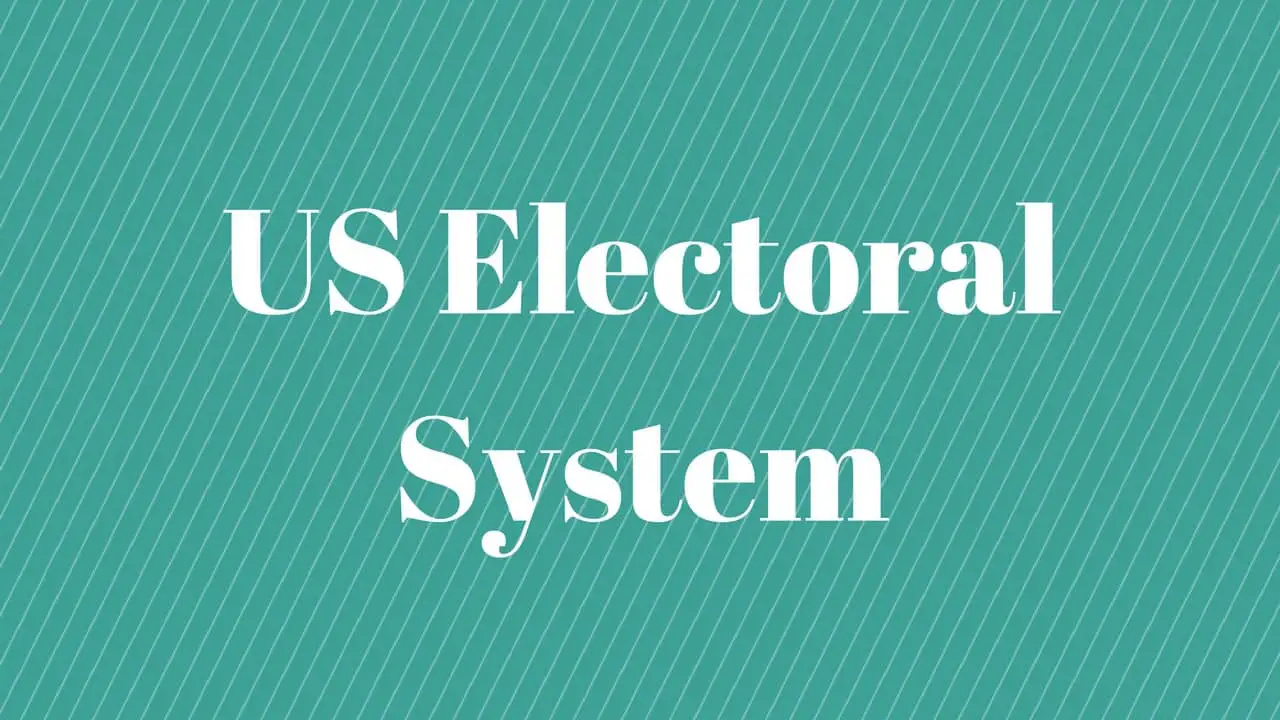 A Guide to the US Political System. How do elections work in the US? How do Americans choose their leaders? What is the role of the president? What is the function of the House of Representatives? What is the function of the Senate? How are the senators elected? How often are the elections held? What is the Electoral College?
A Guide to the US Political System. How do elections work in the US? How do Americans choose their leaders? What is the role of the president? What is the function of the House of Representatives? What is the function of the Senate? How are the senators elected? How often are the elections held? What is the Electoral College?
This Lesson is 4:25 minutes long.
Go To Lesson
6. Role of the Citizen 6:06
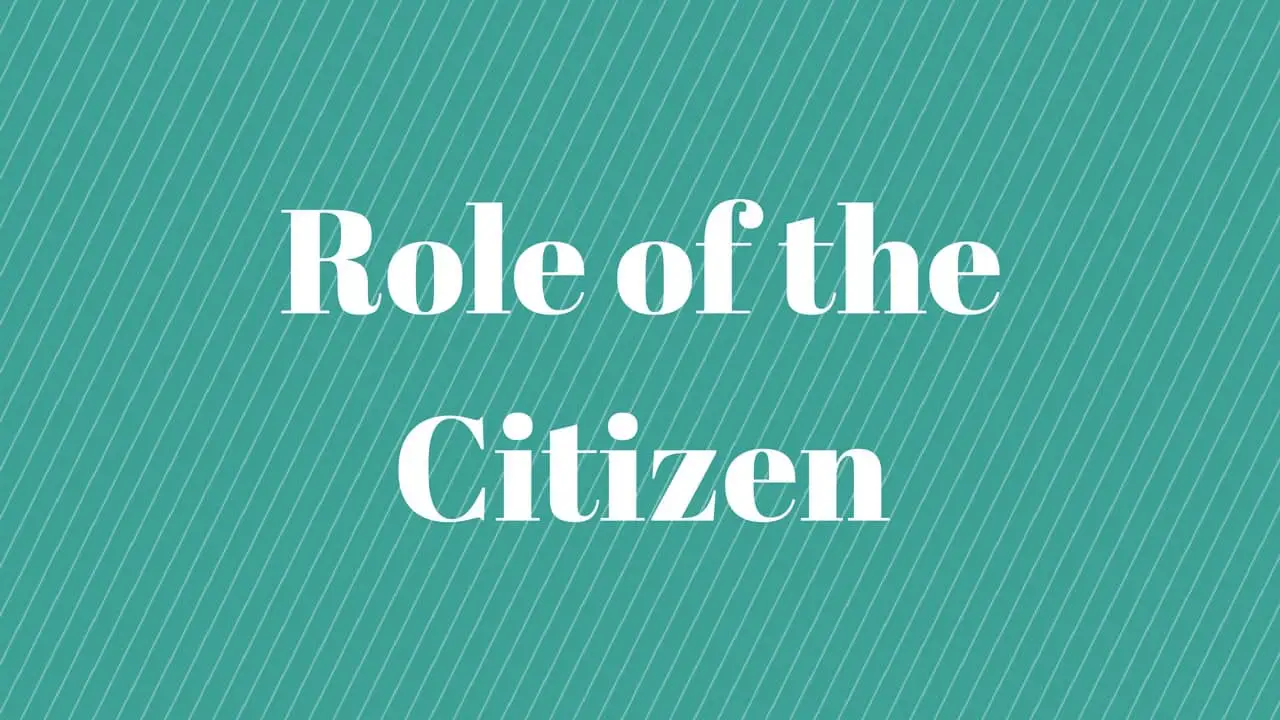 The Duties and Responsibilities of Each Citizen. What is the difference between duties and responsibilities? What are examples of duties? What are examples of responsibilities?
The Duties and Responsibilities of Each Citizen. What is the difference between duties and responsibilities? What are examples of duties? What are examples of responsibilities?
This Lesson is 6:06 minutes long.
Go To Lesson
7. Applying Author’s Reasonings and Evidence to Women’s Rights
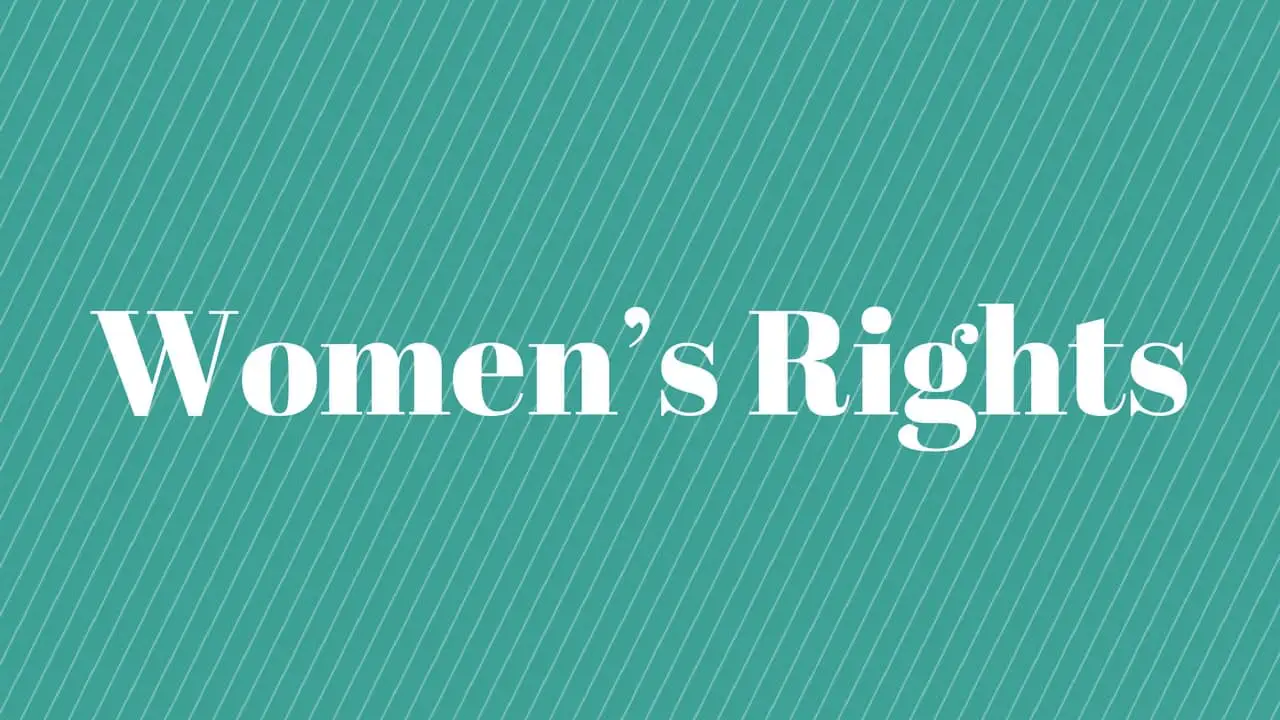 The importance of understanding authors’ different reasonings using Women’s Rights topics to explain points. What factors influence authors to write historical documents? Why is it important to understand the author’s reasoning for creating a text, data, comic, poster, etc.? How do you spot and understand the authors’ different reasonings?
The importance of understanding authors’ different reasonings using Women’s Rights topics to explain points. What factors influence authors to write historical documents? Why is it important to understand the author’s reasoning for creating a text, data, comic, poster, etc.? How do you spot and understand the authors’ different reasonings?
8. Understanding the American Government 4:00
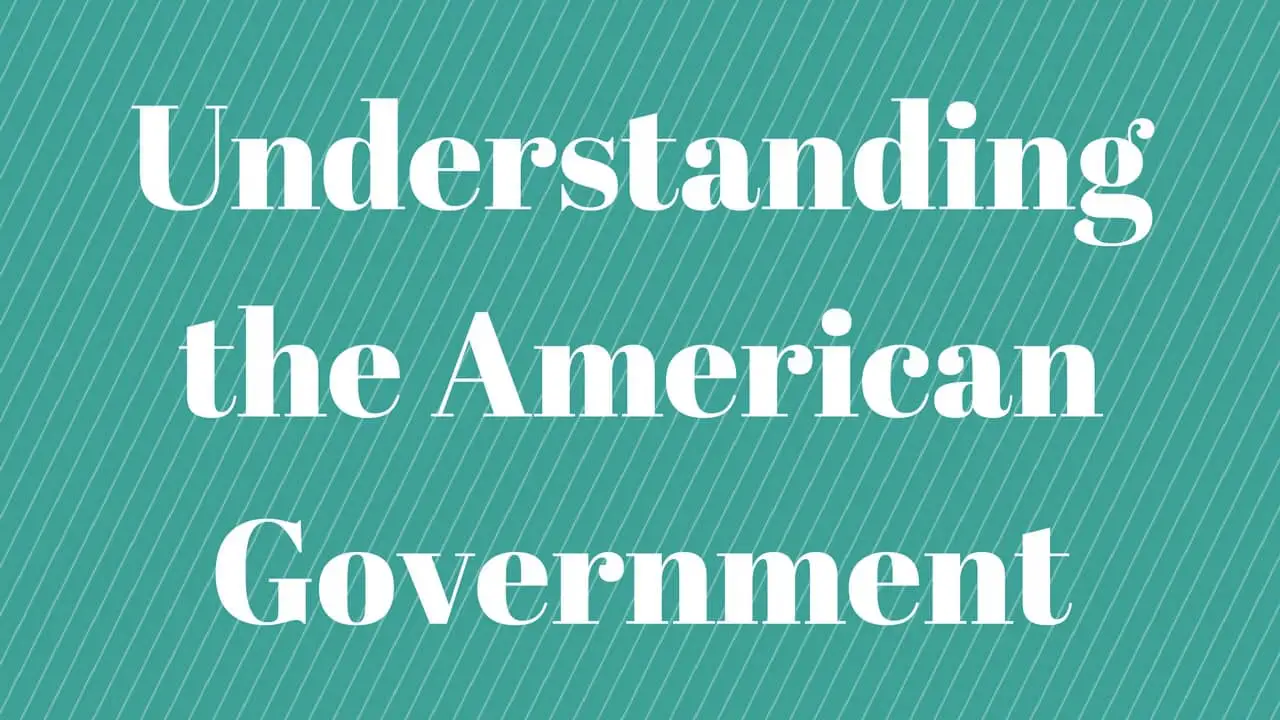 Understand the history and function of the American government. What happened in 1776? Who elects a president? What does a “constituent” mean? What are the three parts of the government? What does the federal government do? What is federalism? What are the three branches of the government? How do the branches and levels of government work in America?
Understand the history and function of the American government. What happened in 1776? Who elects a president? What does a “constituent” mean? What are the three parts of the government? What does the federal government do? What is federalism? What are the three branches of the government? How do the branches and levels of government work in America?
What does the executive branch consist of? How many terms can a president be elected? What does the executive branch do? What does the legislative branch consist of? How often are state representatives and senators elected? What is the System of Checks and Balance? What does veto mean?
This Lesson is 4:00 minutes long.
Go To Practice Lesson
9. Applying Central Ideas and Conclusions of Historical Documents to World War II
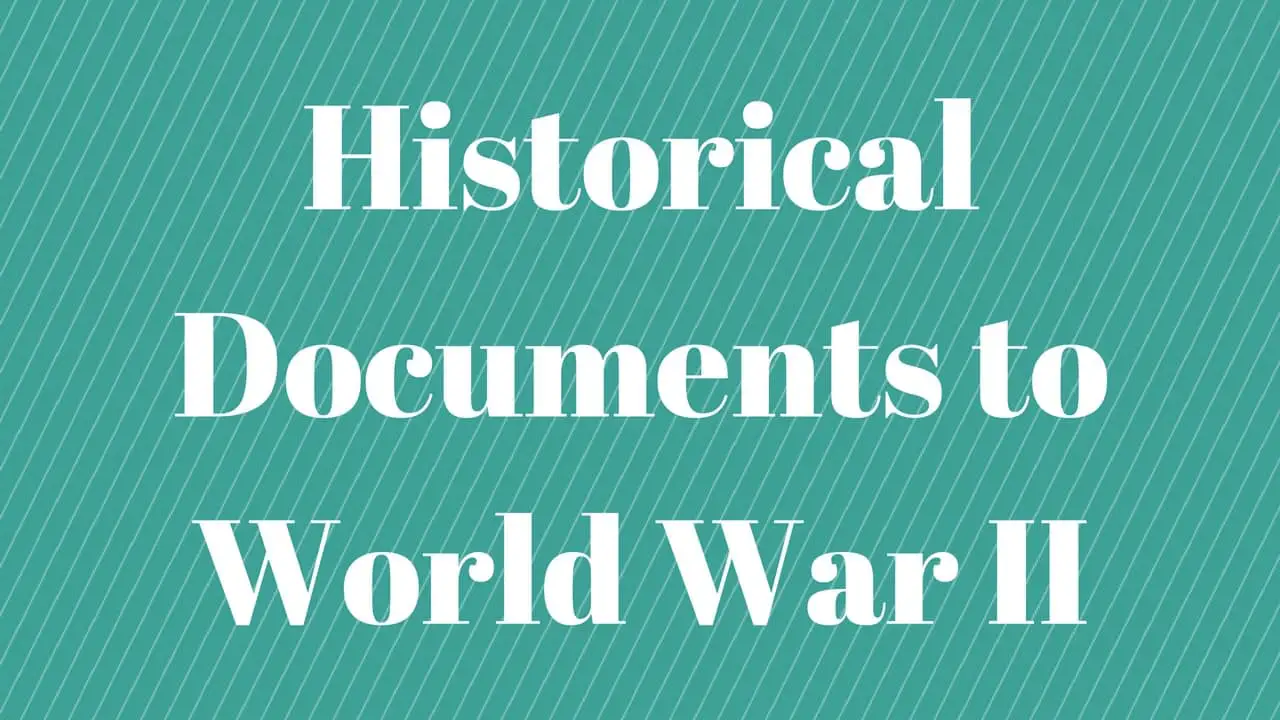 A guide to reading historical documents using World War II topics as an example.What are the keys to reading historical documents? How do you determine the central idea? How do you find supporting details? How do you make inferences? How do you draw conclusions?
A guide to reading historical documents using World War II topics as an example.What are the keys to reading historical documents? How do you determine the central idea? How do you find supporting details? How do you make inferences? How do you draw conclusions?
10. Understanding the Economic Marketplace
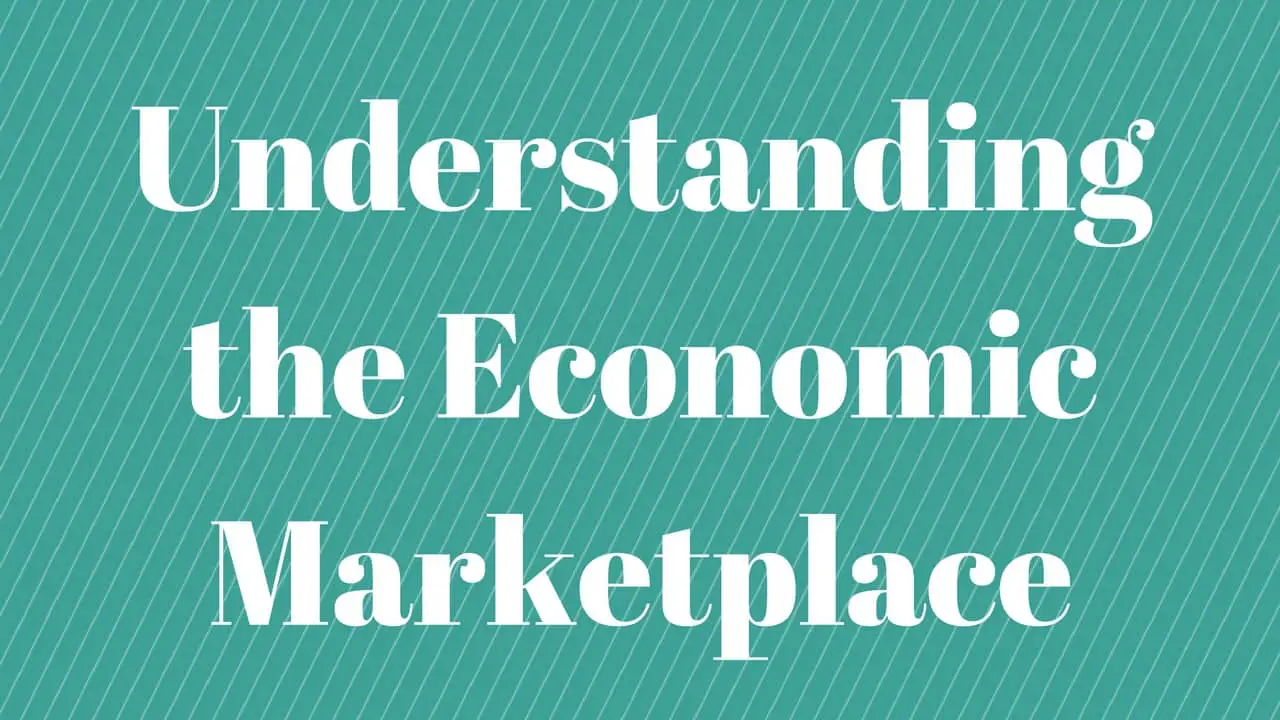 Learning how to read informational text using economic marketplace as the main topic. What is a market place? What are producers? What are consumers? What does “supply and demand” mean? What is an inventory?
Learning how to read informational text using economic marketplace as the main topic. What is a market place? What are producers? What are consumers? What does “supply and demand” mean? What is an inventory?
11. The Fertile Crescent and Bodies of Water in Ancient World History
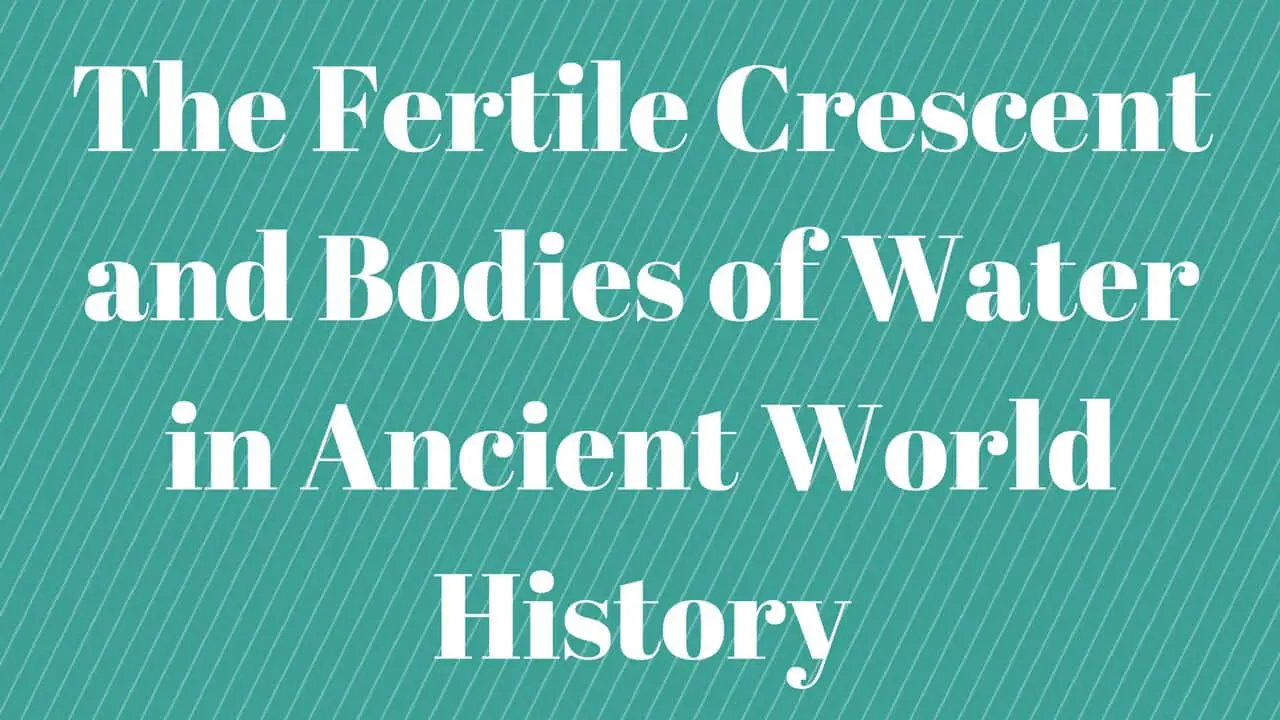 Excerpts from world history. What was the role of Egypt in ancient civilizations? How did they benefit from the Nile River? When did the Egyptian civilization prosper? What were the characteristics of Egyptian and Greek civilizations?
Excerpts from world history. What was the role of Egypt in ancient civilizations? How did they benefit from the Nile River? When did the Egyptian civilization prosper? What were the characteristics of Egyptian and Greek civilizations?

